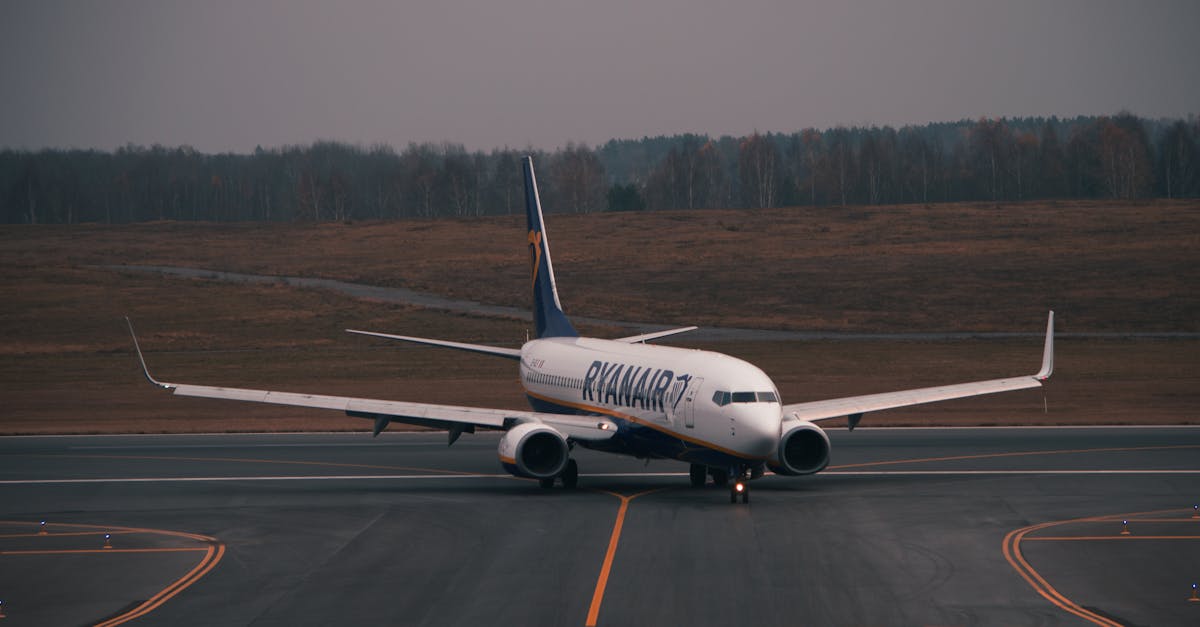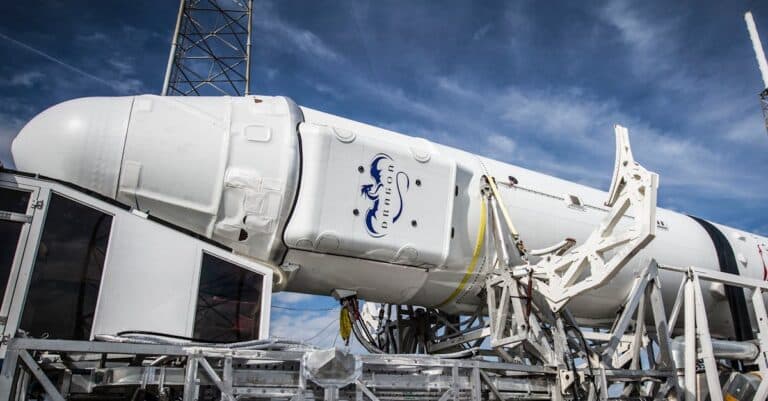THE winglets, these small curved structures at the tips of aircraft wings, play an essential role in improving aerial efficiency. By reducing the streak induced, they limit the formation of vortices generated by the pressure difference between the top and bottom of the wings. This not only saves fuel, but also reduces broadcasts pollutants. Innovations in the design of these fins have highlighted their ability to recover part of the energy used, thus offering greater efficiency and contributing to more efficient flights. sustainable. In addition, the numerous aircraft models incorporating these devices demonstrate their success in terms of aerodynamic optimization.
THE winglets play a vital role in optimizing the efficiency of modern aircraft. These small fins, located at the tips of the wings, were designed specifically to improve aerodynamics and, by extension, reduce the fuel consumption of the aircraft. Their main action lies in the ability to reduce the induced drag, an often overlooked phenomenon that can have a significant impact on flight performance.
When the plane takes off, a pressure difference is created between the top and bottom of the wings, causing the formation of swirls at the tips of the wings. These swirls can cause an increase in aerodynamic resistance, which forces the engines to work more intensively and, therefore, consume more fuel. This is where winglets come into play: by recovering part of this swirling energy, they reduce the formation of these vortices, thus leading to a substantial reduction in drag.
The impact of winglets is notable in the context of fuel economy. Depending on the aircraft models and types of winglets used, savings can reach up to 5% compared to devices not benefiting from this technology. This improvement in energy efficiency results not only in a reduction in operating costs, but also in a reduction in polluting emissions, thus contributing to more environmentally friendly aviation.
The different types of winglets, such as sharklets or classic winglets, offer varied characteristics that allow aeronautical engineers to choose the most appropriate model according to the specific requirements of each aircraft. For example, some designs are optimized to reduce drag at high cruise speeds, while others focus on increased performance during takeoff and landing.
When it comes to aerodynamics, winglets not only improve airflow, they also influence the lift of the wing. By increasing lift at low speeds, these winglets facilitate more efficient maneuvering and enable optimal exploitation of the aircraft’s capabilities in various flight scenarios. This dynamic is particularly crucial during critical phases of flight, such as takeoff and landing.
Research and development around winglets does not stop with the models currently in service. New designs and materials are continually explored to further improve the performance and durability of these devices. The integration of advanced technologies into the design of winglets to optimize their efficiency represents an exciting area of research in aeronautics.
Ultimately, winglets are much more than just an aesthetic addition to the wing structure. They represent a major technological advance for aviation, contributing to the sustainability and to theenergy efficiency modern aircraft. Thanks to these innovations, aviation continues to evolve towards a greener and more responsible future.

What are winglets? Winglets are curved fins found at the tips of aircraft wings. They improve aerodynamics and optimize energy efficiency.
How do winglets work? The winglets act by reducing the streak induced. They limit the formation of swirls generated by the meeting of upper and lower airflows around the wing, which improves airflow.
What are the advantages of winglets on fuel consumption? By reducing drag, winglets save up to 5% fuel, resulting in more environmentally friendly aircraft and reduced operating costs.
Do winglets influence the lift of the plane? Yes, winglets contribute to better lift, because they improve airflow around the wing, allowing the plane to fly more efficiently.
Why don’t all planes have winglets? Some aircraft models, such as the Boeing 777, do not have winglets due to their design and other aerodynamic factors that can make their use less effective.
What types of winglets exist? There are different types of winglets, including sharklets, which are designed with an optimized shape to further improve the aerodynamics of the device.
Do winglets have an impact on gas emissions? By reducing fuel consumption, winglets also help to reduce broadcasts carbon emissions from aircraft, making them an asset for sustainability strategies in aviation.
























